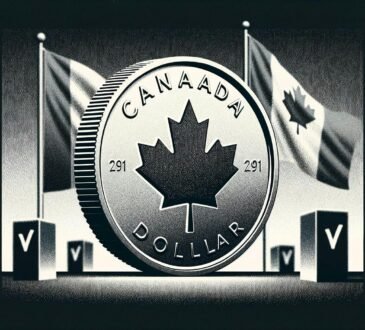What’s going on here?
Poland’s zloty (PLN) remains near a four-year high as markets react to geopolitical events and brace for the European Central Bank’s (ECB) upcoming meeting.
What does this mean?
The zloty climbed 0.1% to 4.2505 against the euro (EUR), buoyed by investor expectations and geopolitical factors. Analysts at Bank Millennium predict further movements ahead as the ECB’s Thursday meeting approaches, with an anticipated pause before potential rate cuts later this year. Meanwhile, the Czech crown (CZK) retreated to a three-month low, influenced by lower-than-expected inflation data, which nudged the currency down 0.2% to 25.40 per euro. The Czech National Bank’s (CNB) August 1 policy meeting may indicate a slower rate-cutting pace. Hungary’s forint (HUF) edged up 0.2% to 391.45 per euro, driven by improved risk sentiment, while the Romanian leu (RON) and Serbian dinar (RSD) made modest gains.
Why should I care?
For markets: Shifting tides in Central Europe.
The near-term outlook for Central European currencies hinges significantly on interest rates and geopolitical dynamics. The mixed movements among the zloty, crown, and forint reflect varying economic pressures in the region. Investors should closely monitor the ECB’s upcoming meeting and subsequent central bank statements across the region, which could majorly influence market sentiment.
The bigger picture: Economic divergence in Central and Eastern Europe.
While Poland’s currency is primarily influenced by geopolitical events, the Czech Republic’s forex market reacts to interest rate changes and inflation data. This divergence highlights the importance of tailored economic strategies within Central and Eastern Europe (CEE). ING analysts underscore that understanding these drivers can provide deeper insights into the region’s investment landscape, especially as ECB policies loom large over market expectations.





